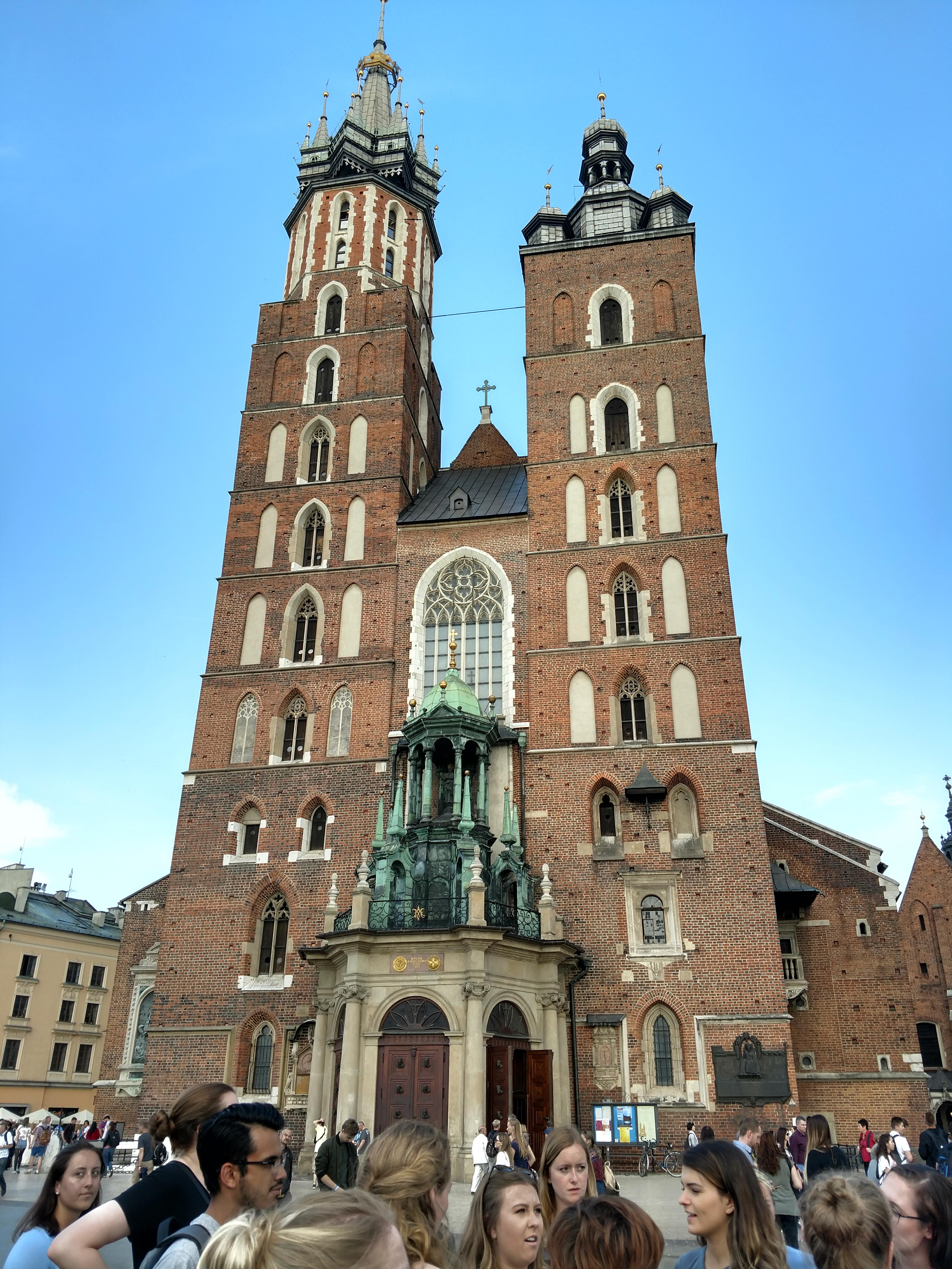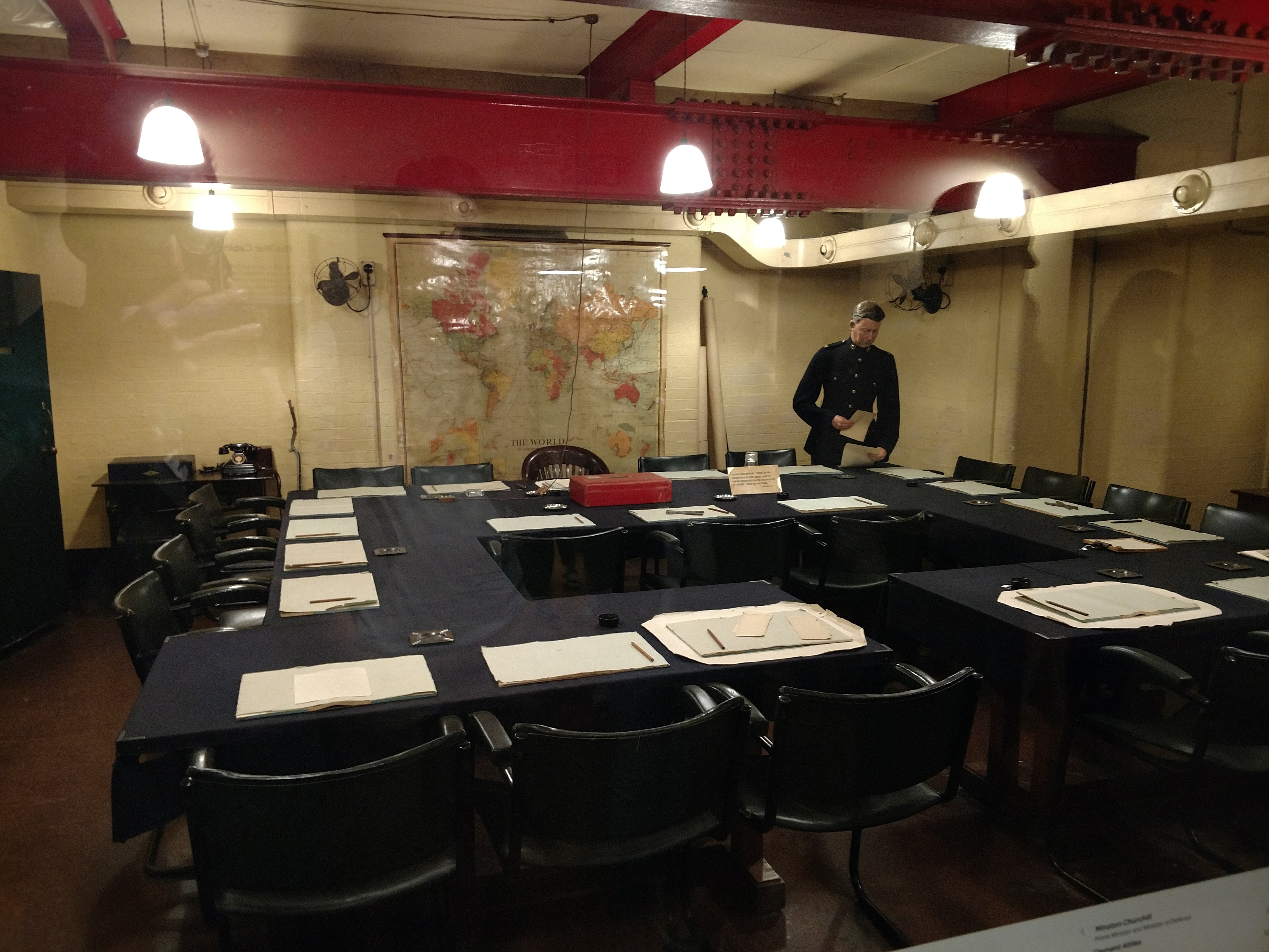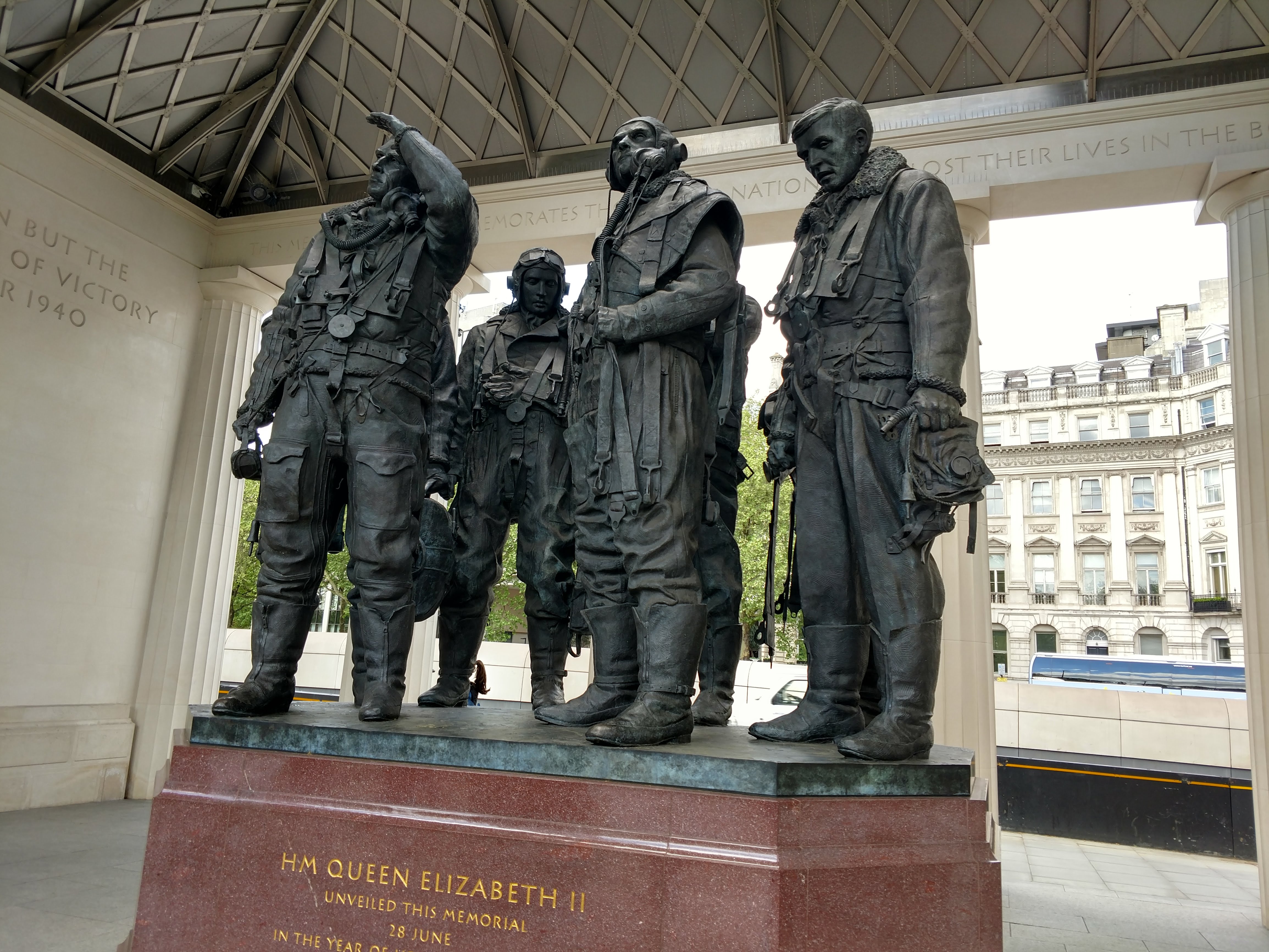It may be a cliché, but everything in London just felt ancient. There are castles and cathedrals from medieval times, books way older than the U.S., and countless artifacts stolen by the British resting in the British Museum. I think it gives cities there a much smaller and cozier feel as the buildings are squat and tightly packed. London was the third city that I went to on this tour of Europe and it was the first that had genuine skyscrapers and even those were confined to a limited part of the city. New York may be the closest U.S. contemporary to London, just in terms of sheer size and history, but New York is still very young and there are hardly any remnants of the old city left. One of the biggest surprises that London gave was how clean it was. The air may have been terrible, but the streets and the Underground are practically spotless. Another surprise that London had for me was how each part of the city had its own distinct feeling and look, almost like New York and its boroughs.
Paris, on the other hand, has such a distinct style throughout the city that it was hard to tell which neighborhood I was actually in without significant landmarks. The city’s style is graceful and beautiful, but it simply gets boring. If I couldn’t see the Le Sacre Coeur while I was in Montmartre (there is an excellent Dali exhibit there, by the way), I could have been in the Latin Quarter instead and not know the difference. There are two areas in Paris that stand out from the others in my mind, however. At night, the Champs de Mars is unlike anything I have ever seen. The park is alive with Parisians and tourists, and people trying to make a quick buck selling wine and champagne, all gazing at the beautiful Eiffel Tower lit up before them. Montmartre is the other area that will always stand out for me because of the good memories I shared with several of my comrades. Nothing compares to sitting on the steps of Le Sacre Coeur at midnight while bartering for cheap drinks and listening to street musicians.
Krakow is as old as London or Paris, but the city shows its age in every neighborhood and lacks the modern skyscrapers of the other two cities. The Old Town of the city dates back to the middle ages and the surrounding neighborhoods feel like they haven’t changed significantly since the 18th century. I’m sure every street corner has history, but you would never know it unless you asked. The Jewish Quarter of Krakow has sidewalk restaurants with live music that rotates from venue to venue every fifteen minutes. With the right people by your side, dinner can continue an hour past when you finished your meal and you won’t even notice. I know I didn’t. This city has heavy history from World War II and it takes a lot of contemplation and discussion to begin to comprehend it. It’s not perfect dinner conversation, but that’s what you talk about when you eat with a bunch of history students.
In all actuality, Berlin as the city we know it today is only twenty or thirty years old. Not only was the city almost leveled by the Allied bombing campaigns and the Soviet invasion, but East and West Berlin were reunified beginning in 1990. I think this is why Berlin was my favorite city. The city felt fresh and new and chose to confront its enormous baggage rather than hide it. The new German parliament, the Bundestag, exemplifies this by reclaiming the building of the German parliament of the Weimar Republic and making it symbolic of the new German state. The design of the building places heavy emphasis on transparency of the government and placing the people of Germany above the government. While the city was recently rebuilt, it carries its history from the war with it. A small plaque commemorating a Jewish victim of the Holocaust may be found outside of a beer garden, grocery store, or even your hotel. Sites of extreme evil, like the former SS headquarters, are now museums dedicated to educating the public about the atrocities committed by the Third Reich. Berlin may be ashamed of its history, but it does not try to hide it as the city moves forward. I find it very inspiring that victims of the Third Reich can be remembered right outside a place meant for enjoying the company of friends and I’m not sure that I can find this in the US. It may be hard to find a memorial to murdered slaves in the deep south, or to find a museum dedicated to educating about the Native American reservation system in the plains state. Maybe the US can learn from Germany about dealing with generations of baggage and do some remembering instead of neglecting.
The first picture below shows the exterior of the Bundestag, which is the old Reichstag. In order to reclaim the building from its difficult past, the new German Republic built their parliament in the husk of the Reichstag but made significant changes to the building, such as large windows and an enormous glass dome. The second picture was taken from the gallery of the Bundestag. The structure of the parliamentary hall places the public above the government, making a government for the people quite literal. The final picture is of a Soviet monument in the middle of Berlin. While it was built almost immediately after the capture of Berlin, it still remains as a symbol of the Russian conquest of Nazi Germany.











